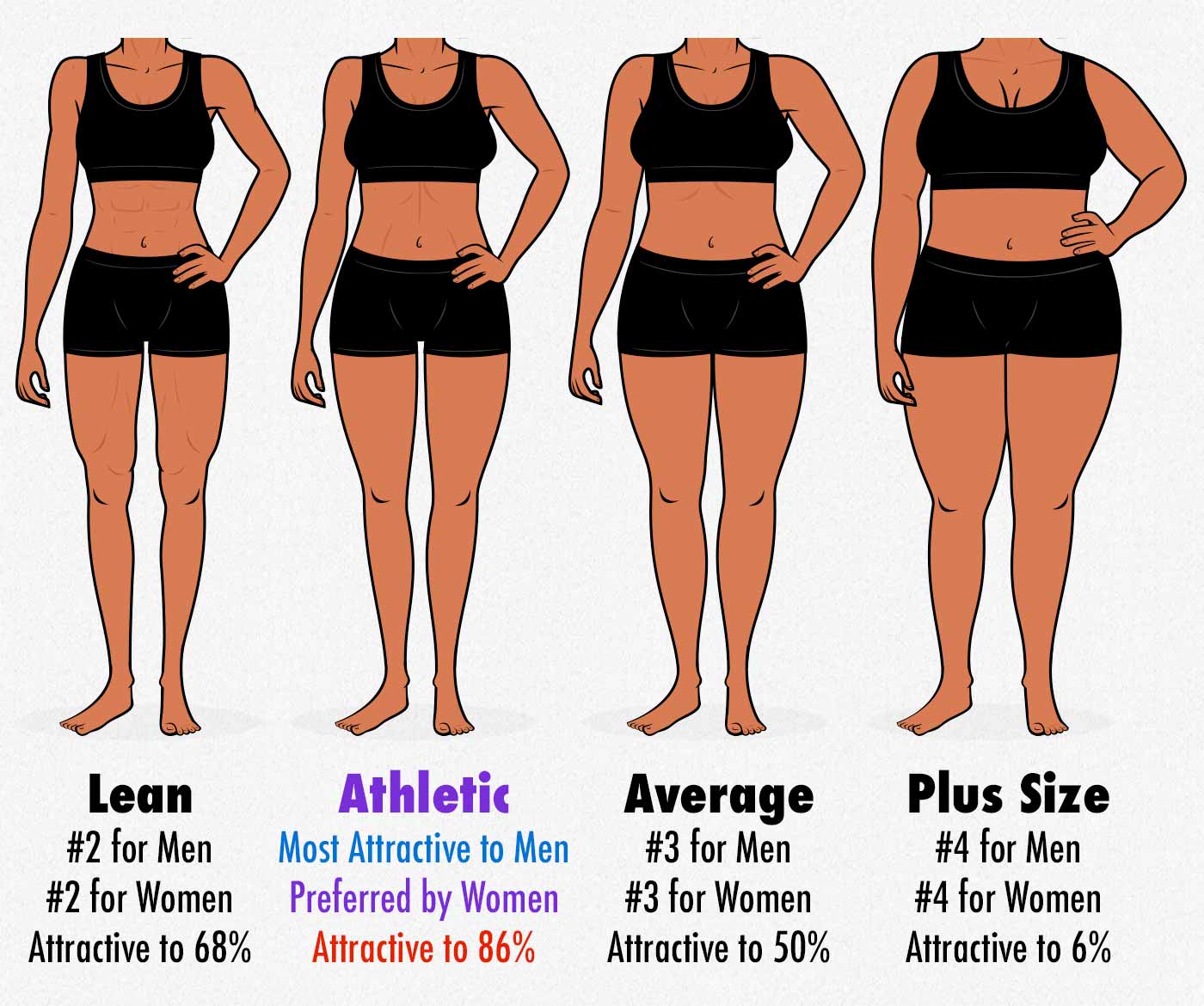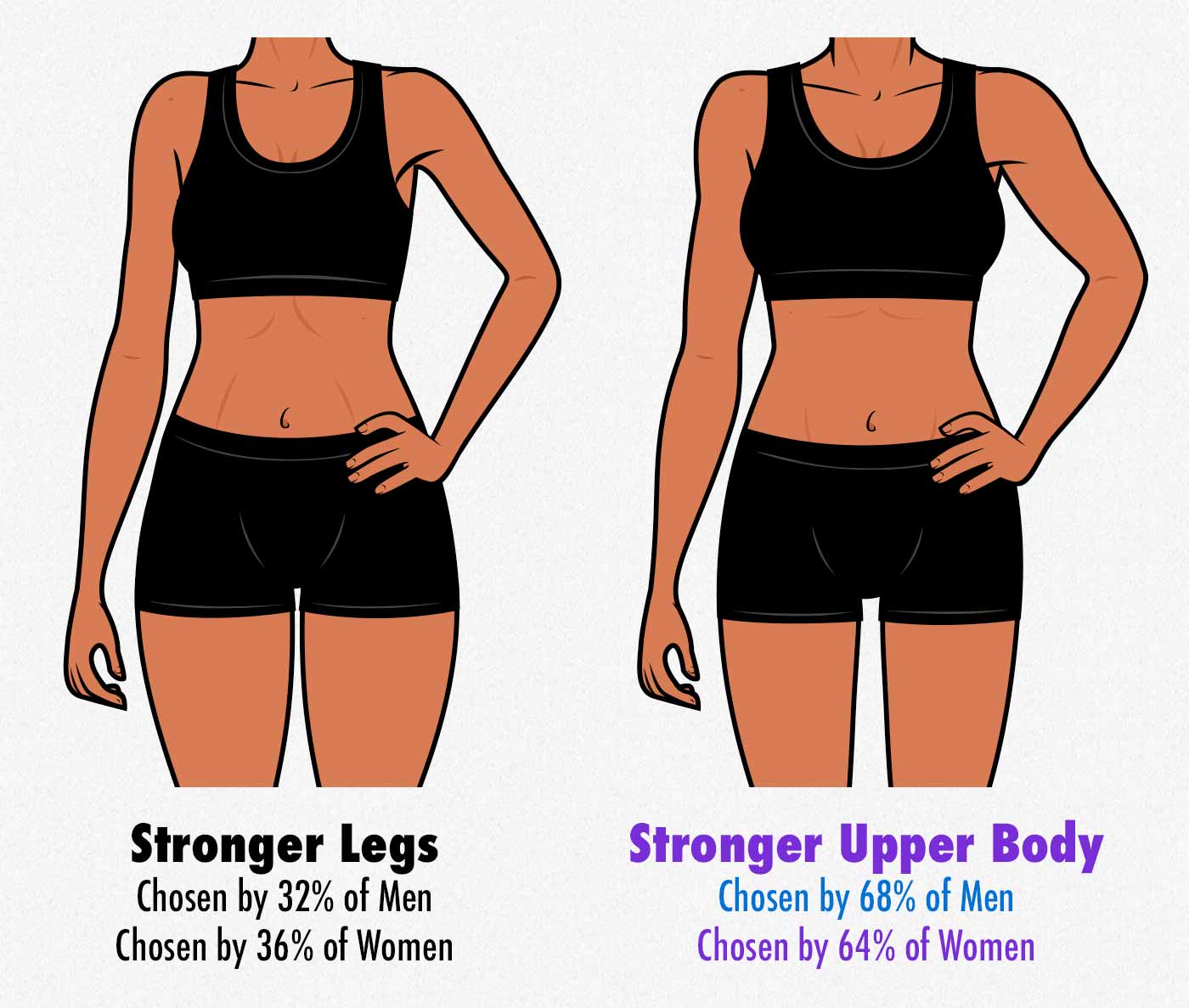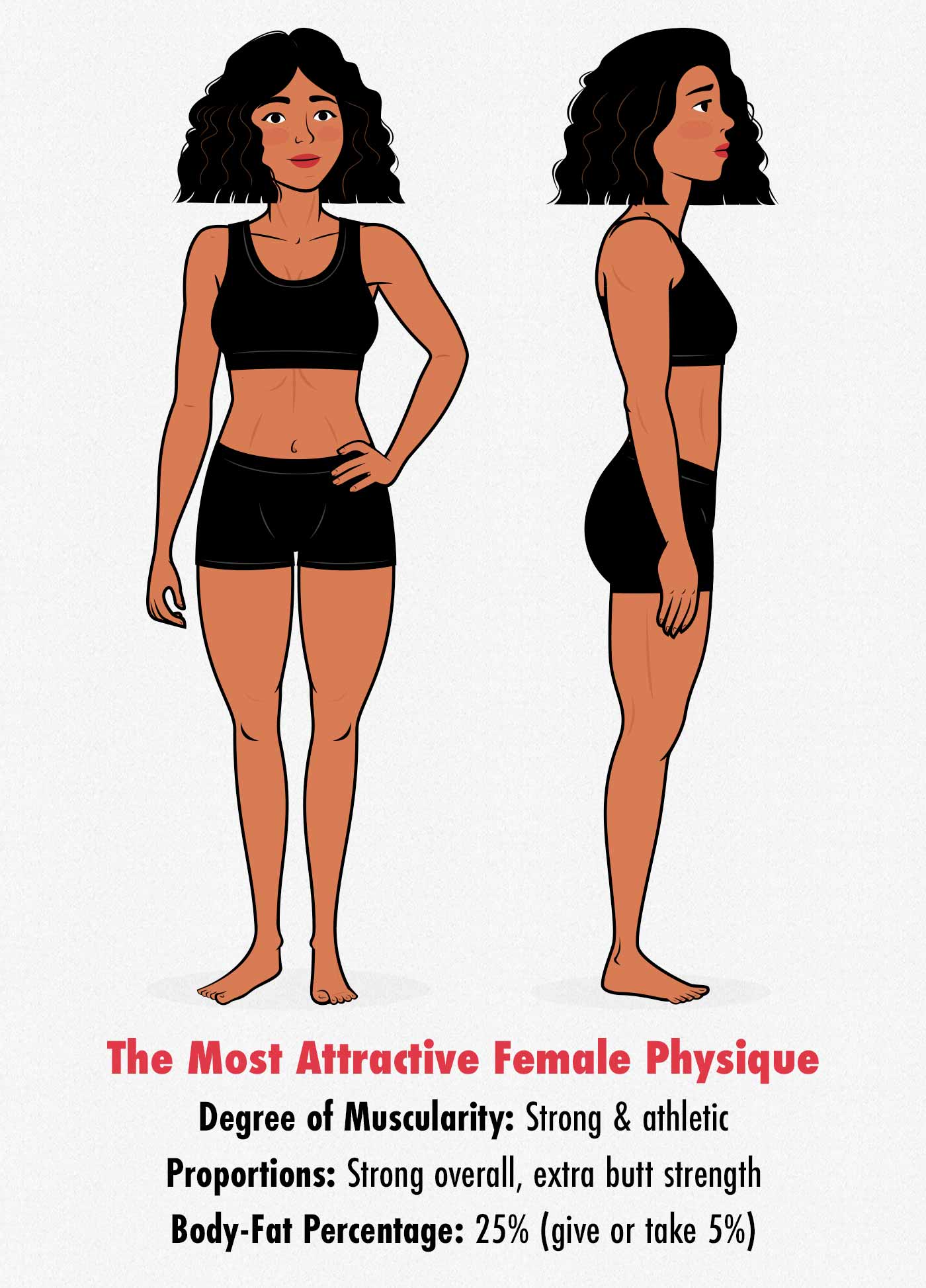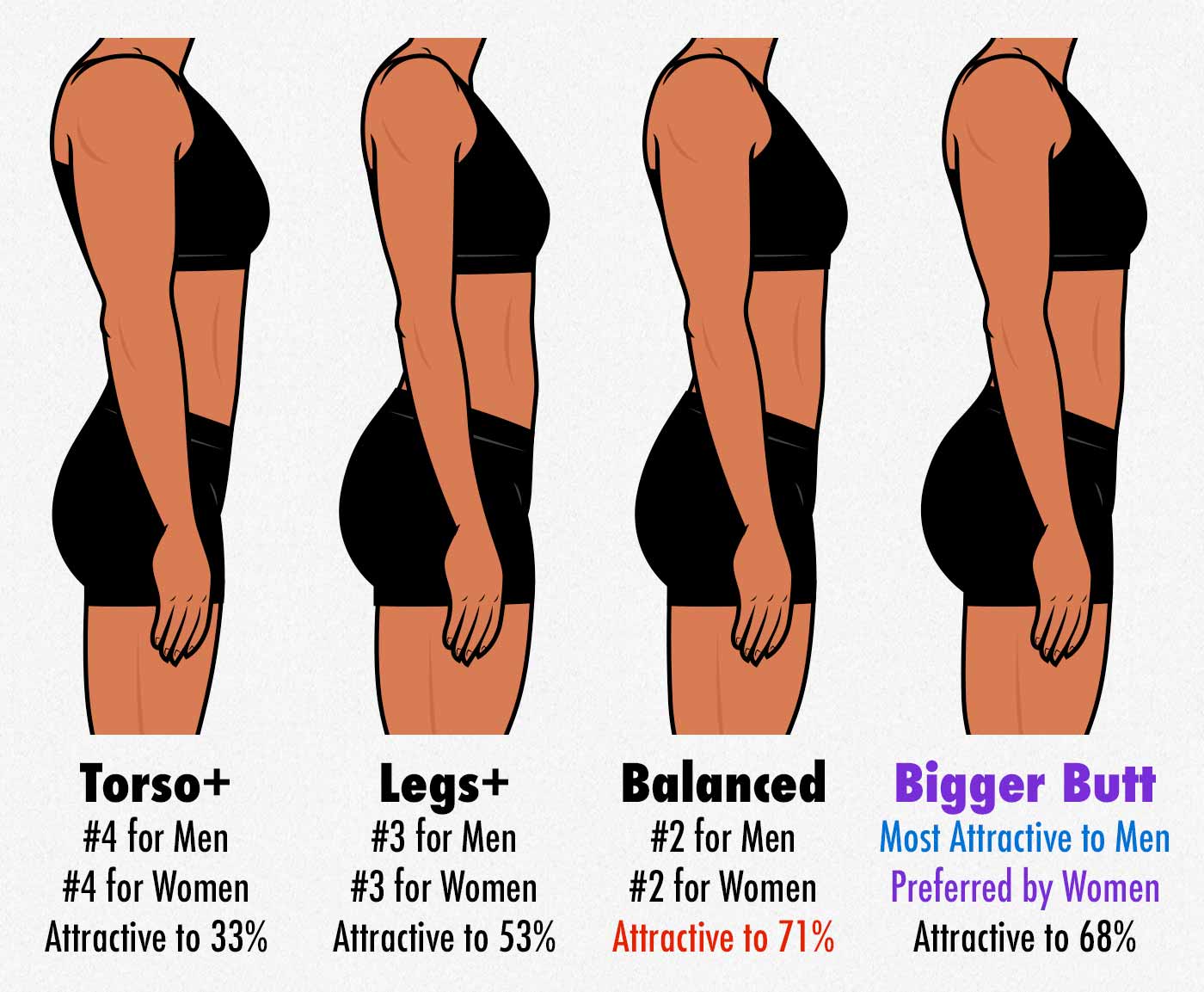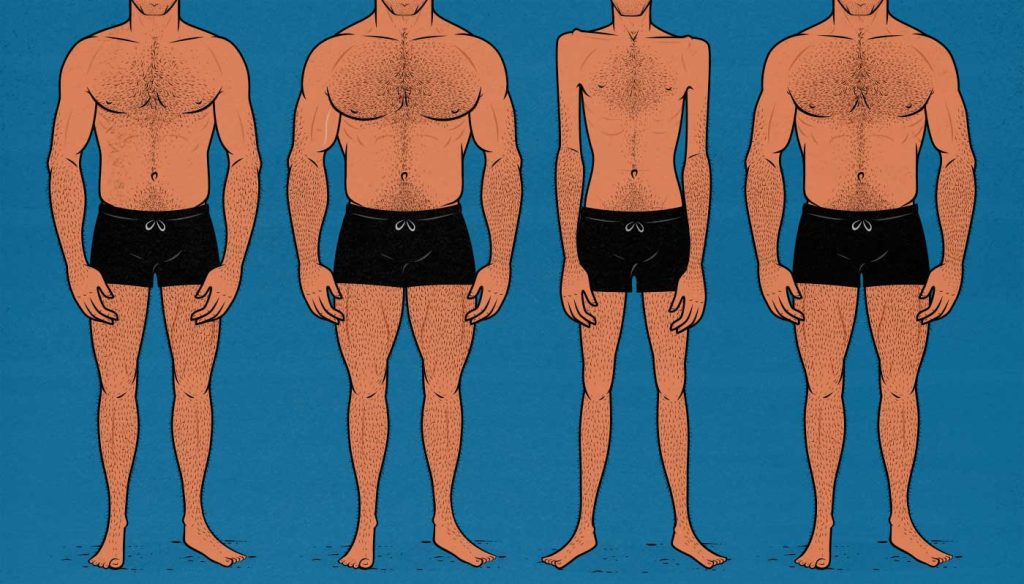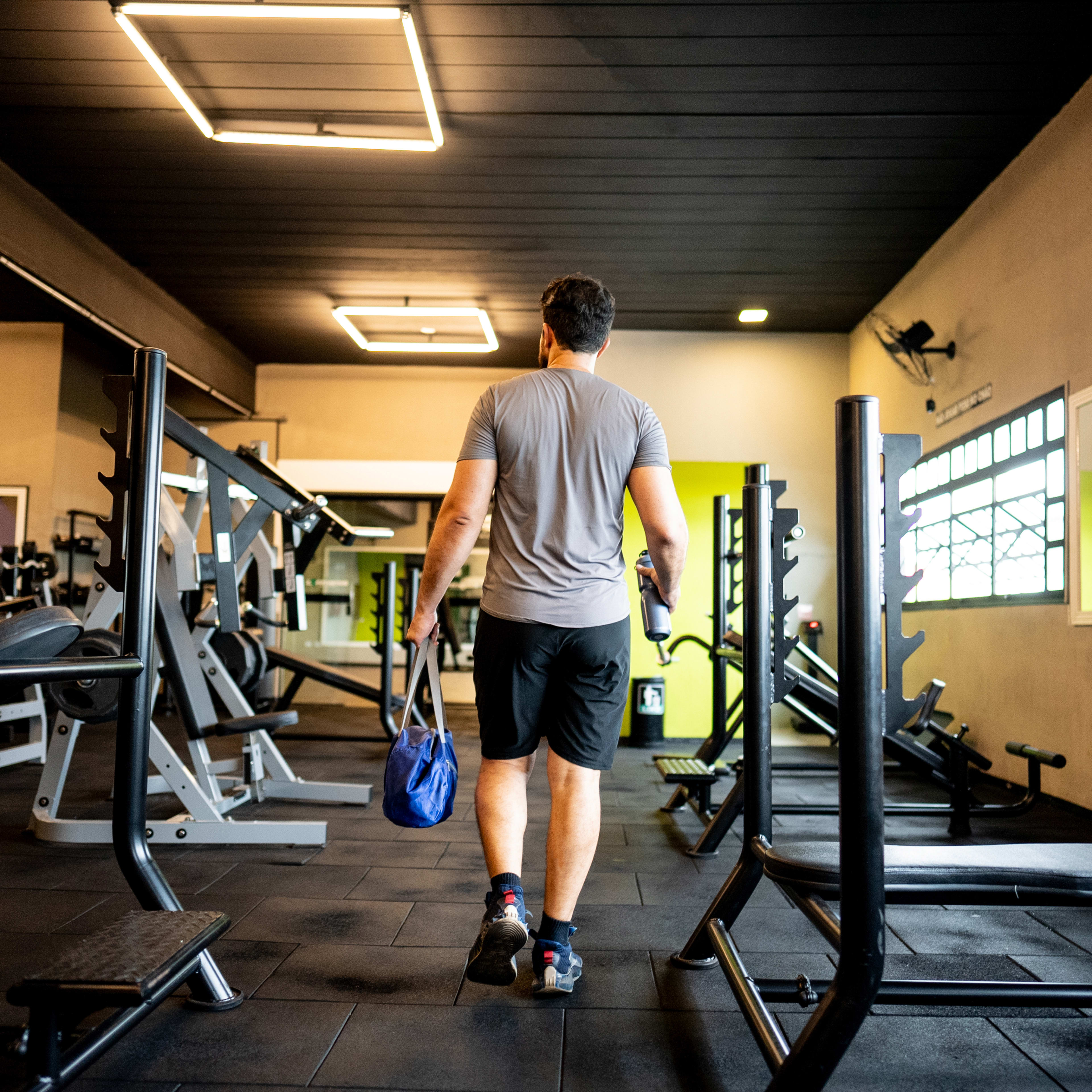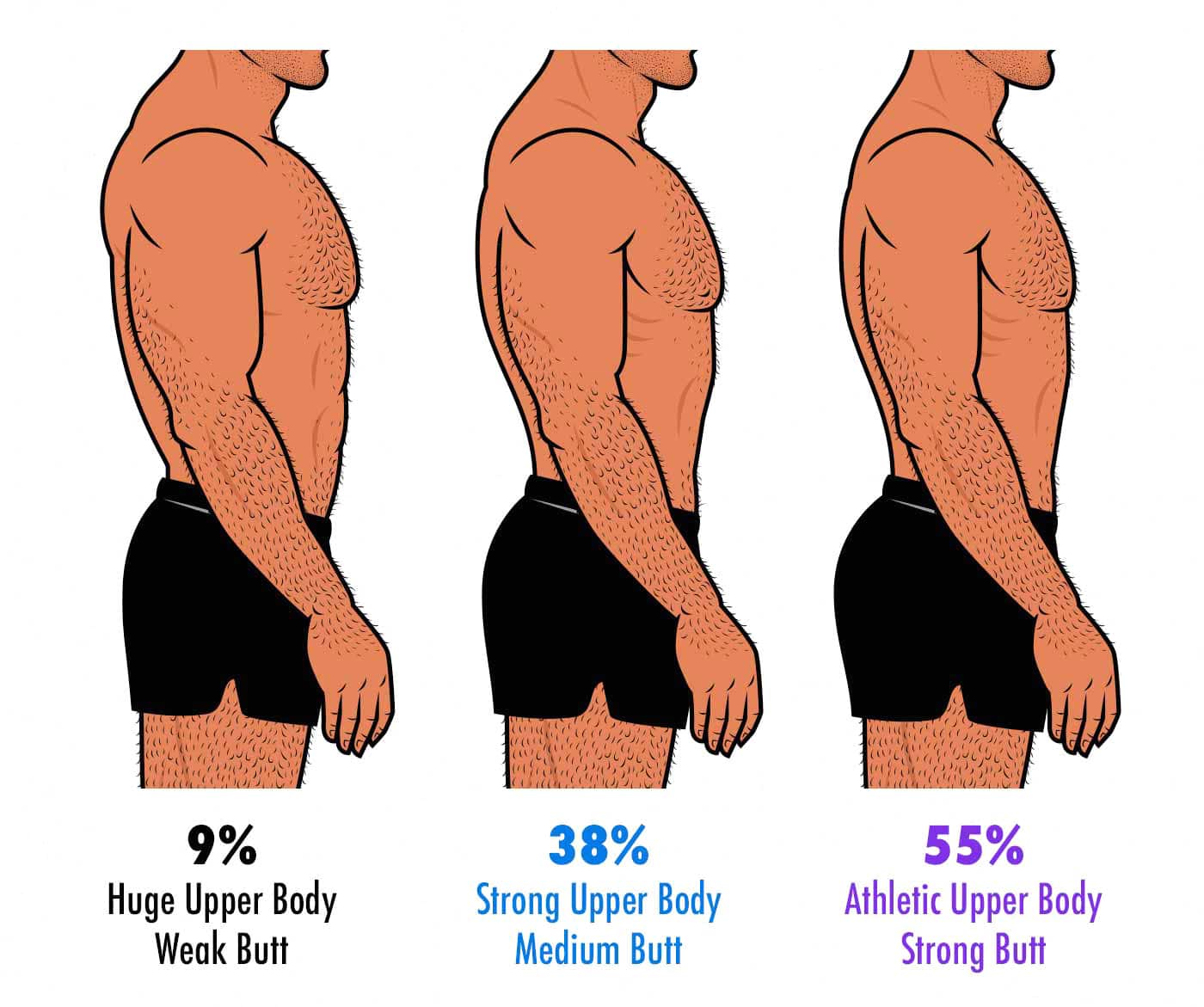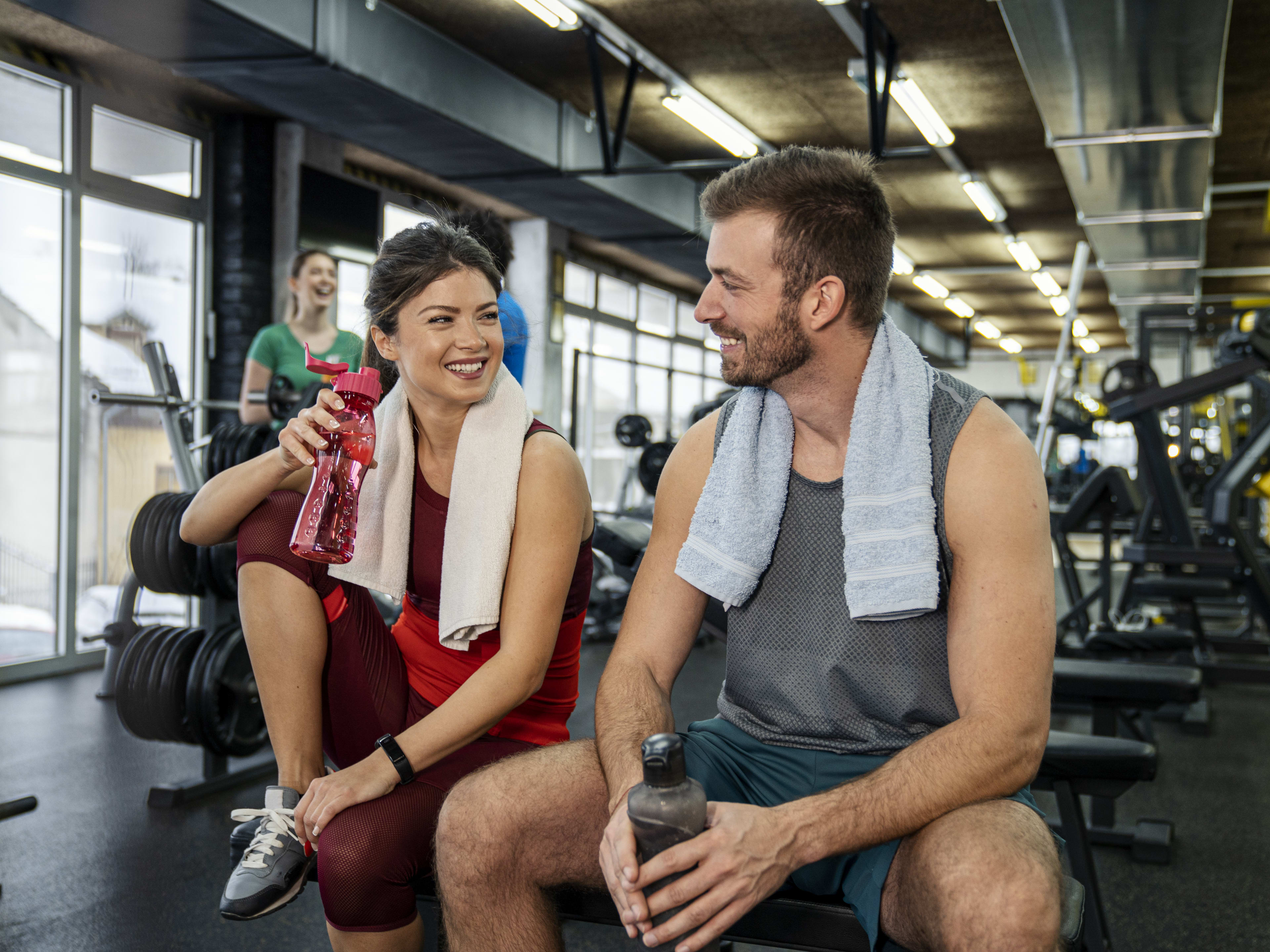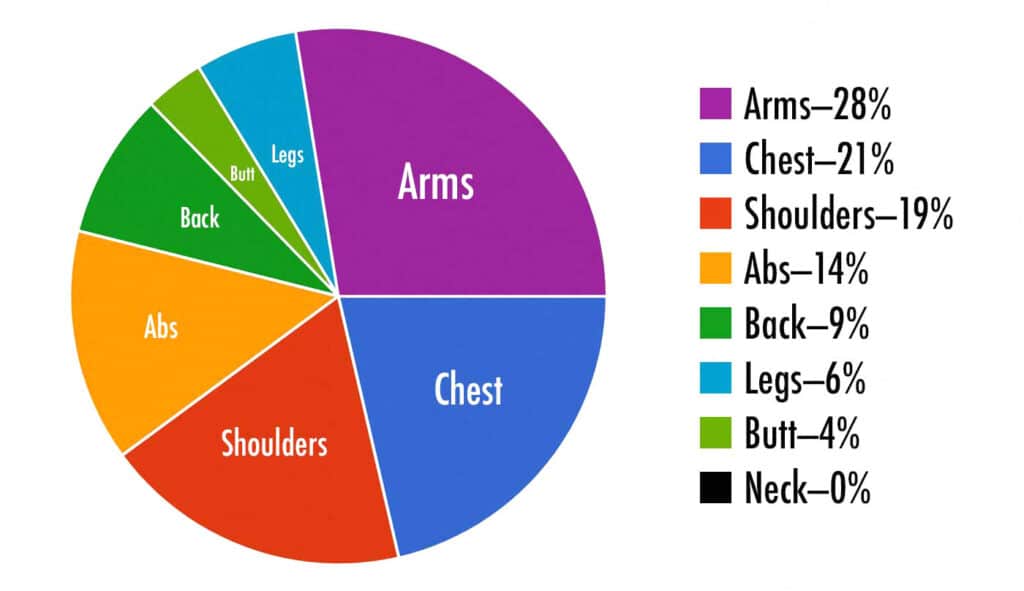What Muscles Do Women Find Most Attractive

For years, the ideal male physique has been a topic of fascination and debate, particularly concerning what features are most appealing to women. While beauty is subjective and individual preferences vary widely, some common themes emerge when exploring research and surveys on the topic. This article delves into the science and societal influences that shape perceptions of male attractiveness, focusing on the muscle groups often cited as desirable.
Understanding these preferences isn't about prescribing a rigid standard, but rather exploring the underlying factors that contribute to attraction. It reflects a blend of evolutionary biology, cultural conditioning, and individual experiences.
The Science of Attraction: Strength and Health
Attraction is a complex interplay of biological and social factors. Evolutionary psychology suggests that certain physical traits are associated with health, strength, and the ability to provide and protect – qualities historically valuable in a partner.
Muscularity can be a visual cue indicating these desirable attributes. However, the specific muscle groups deemed attractive are influenced by cultural trends and individual tastes.
The Upper Body: Shoulders, Chest, and Arms
Research consistently points to the upper body as a key area of focus. Broad shoulders, a defined chest, and well-developed arms are often associated with masculinity and physical prowess.
Studies suggest that a V-shaped torso, achieved through a combination of shoulder width and waist circumference, is particularly attractive. This physique is often perceived as a sign of good health and genetic fitness.
The biceps and triceps, in particular, seem to hold a significant appeal. They represent visible strength and the ability to perform physical tasks.
The Core: Abs and Obliques
A strong core, including visible abdominal muscles, is another highly valued feature. This area signifies overall fitness and a commitment to physical health.
While a six-pack is often romanticized, a toned and defined midsection is generally more appealing than excessive muscle mass. It reflects a balance between strength and athleticism.
Furthermore, a strong core provides functional benefits for posture, stability, and overall physical performance.
The Legs: A Foundation of Strength
While often overlooked in discussions of male attractiveness, strong legs play a vital role in overall physique and functionality. Powerful thighs and calves contribute to a balanced and athletic appearance.
Leg strength signifies the ability to perform physically demanding tasks and engage in various activities. They also offer a balanced physical appearance.
Neglecting leg training can create an unbalanced physique, potentially diminishing overall attractiveness.
Beyond Muscles: The Holistic Perspective
It's crucial to remember that physical appearance is only one aspect of attraction. Personality, confidence, intelligence, and a sense of humor are equally, if not more, important factors.
A genuine smile, good posture, and a well-groomed appearance can significantly enhance attractiveness regardless of muscularity. Confidence is a very attractive quality.
Moreover, shared values, emotional connection, and mutual respect form the foundation of a lasting and fulfilling relationship.
The Impact of Media and Cultural Trends
Media portrayals of the ideal male physique have a significant impact on societal perceptions. Magazine covers, movies, and social media often showcase highly muscular individuals, creating unrealistic expectations.
These images can influence both men's self-perception and women's preferences. However, it's important to recognize that these are often idealized representations, achieved through specific training regimens, diet, and sometimes even digital enhancements.
Striving for a healthy and balanced physique is a worthwhile goal, but it's crucial to prioritize overall well-being over chasing unattainable ideals.
A Human-Interest Angle: The Confidence Factor
For many men, focusing on fitness and building muscle can lead to increased confidence and self-esteem. This newfound confidence can then translate into greater attractiveness.
When individuals feel good about themselves, they radiate positivity and are more likely to attract others. A healthy body can correlate with a healthy mind.
However, it's essential to approach fitness with a balanced perspective, avoiding unhealthy obsessions or body image issues. The goal should be self-improvement and well-being, not conforming to external pressures.
Conclusion: Embracing Individuality
Ultimately, the most attractive physique is one that reflects health, strength, and a commitment to well-being. While certain muscle groups, such as the shoulders, chest, arms, and core, are often associated with attractiveness, individual preferences vary widely.
It is important to value individual uniqueness. The key is to focus on building a physique that feels strong and healthy, both physically and mentally, while embracing individuality and prioritizing overall well-being.
Self-acceptance and confidence are ultimately the most attractive qualities one can possess.

